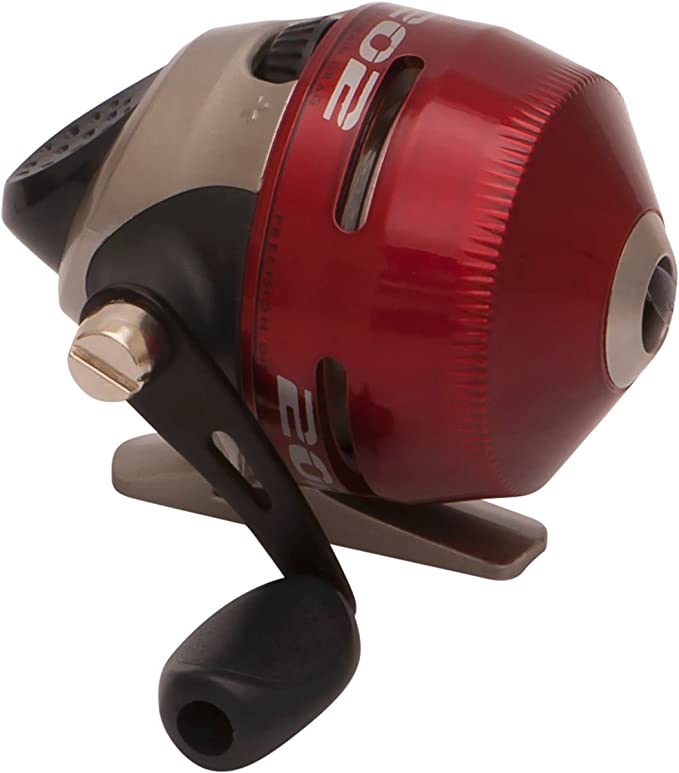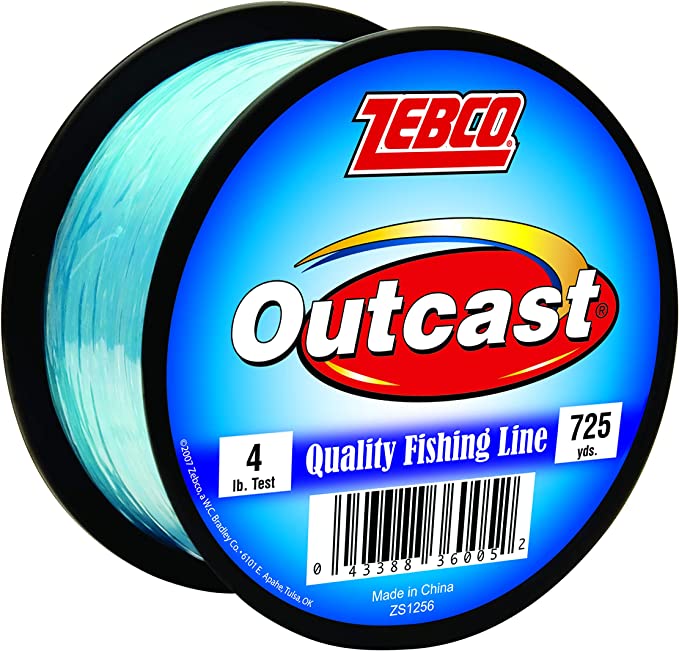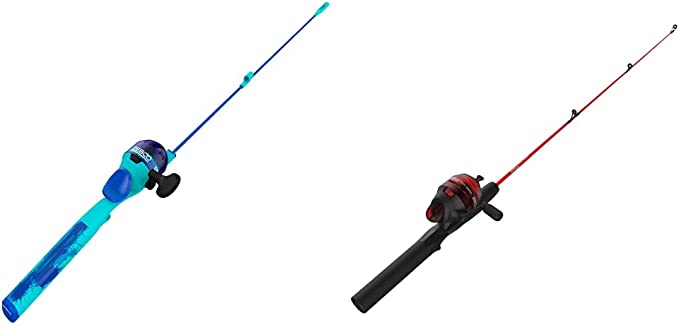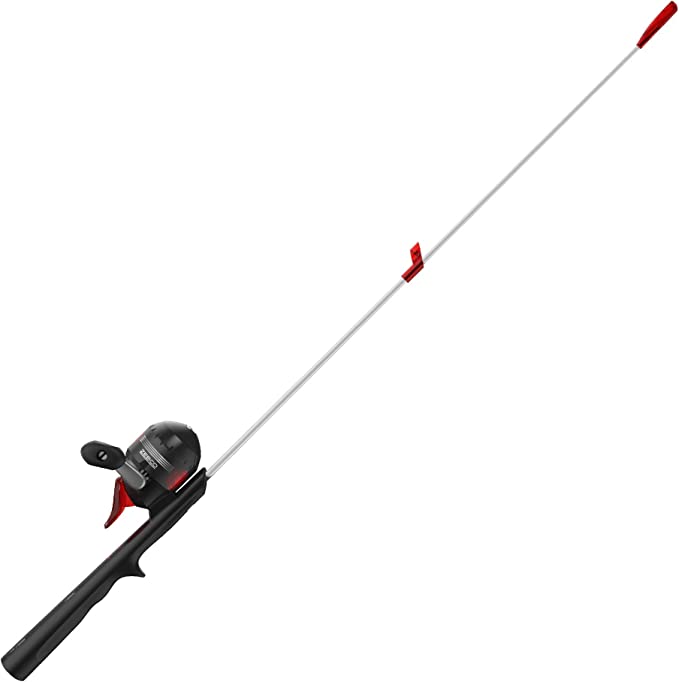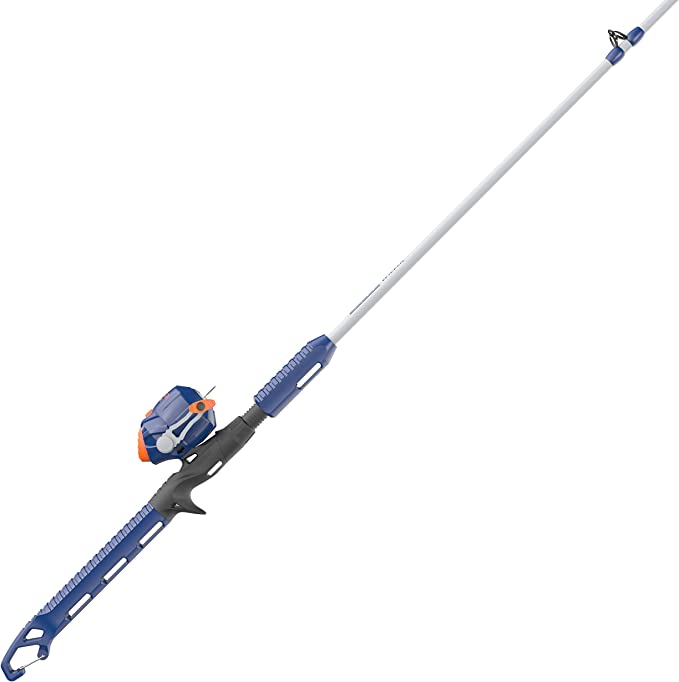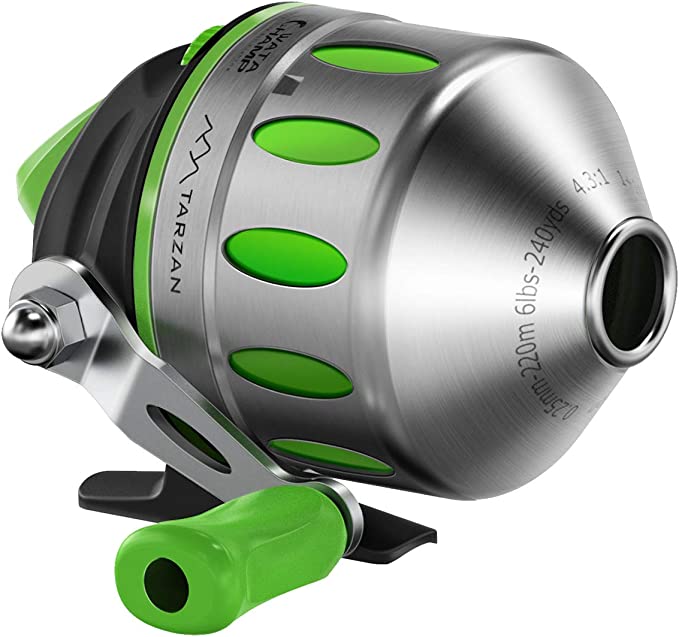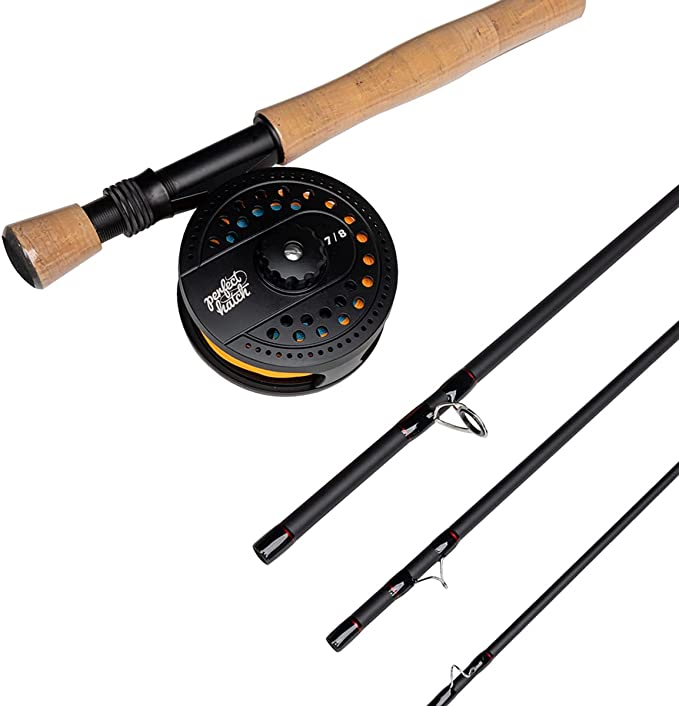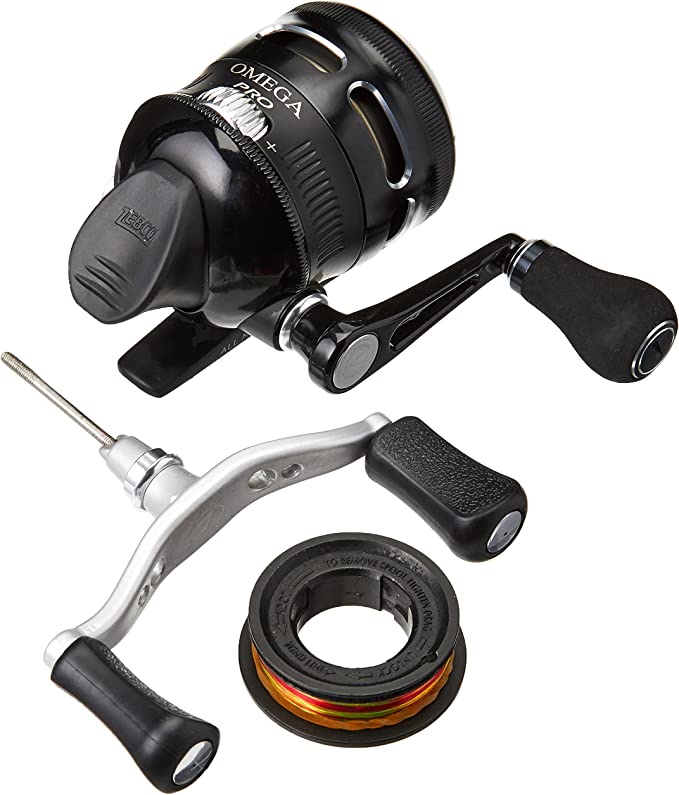Fishing Gear Engineering: The Physics of Fiberglass Durability and Spincast Anti-Tangle Mechanics
Update on Nov. 18, 2025, 6:11 p.m.
In the precision world of fishing tackle, a successful design is often measured by its ability to reliably manage dynamic forces—the sudden shock of a hookset, the parabolic stress of a fighting fish, and the continuous friction of line retrieval. The complexity of these forces historically created a steep learning curve for new anglers, largely due to the risk of line tangle, or “backlash.”
The spincast reel fundamentally solved this barrier by enclosing the spool, a mechanical innovation that prioritized user simplicity. The Zebco Dock Demon combo, a direct descendant of that original concept, serves as an excellent case study in how simple component engineering—specifically the choice of materials and gear ratios—creates a system optimized for durability, tolerance for error, and reliable performance in environments like dock or small-water fishing.
1. The Spincast Mechanism: Solving the Backlash Problem
The greatest mechanical advantage of the spincast reel lies in its fixed spool housed within a protective cone. This design ingeniously isolates the spool rotation—the primary source of line overrun and tangles (backlash) in baitcasting systems—from the casting process.
In a spincast system, line release is managed by a push-button mechanism that retracts a pickup pin (or pins, as seen in the Dock Demon’s dual-ceramic setup). During the cast, the line simply peels off the stationary spool. This mechanical divorce between spool inertia and casting effort means that even inconsistent or novice casting techniques result in a clean, untangled line delivery. This design is not merely a simplification; it is an engineering solution to a human factor problem, offering virtually foolproof line management. The inclusion of dual-ceramic pick-up pins further enhances line durability by utilizing a material with an exceptionally low coefficient of friction, minimizing abrasive wear as the line is retrieved and wound back onto the spool.

2. The Mechanics of the Hookset: QuickSet Anti-Reverse
The instantaneous quality of a hookset—the moment the angler stops retrieving and applies tension—is governed by the reel’s anti-reverse mechanism. Cheaper or older reels use a pawl-and-ratchet (dog) system that results in an audible click and unavoidable handle “slop” or backward movement before the lock engages.
The Dock Demon utilizes a superior mechanical principle, the QuickSet Anti-Reverse. This is typically implemented via a one-way clutch bearing (or roller bearing clutch). The engineering principle is one of continuous contact: * Engagement: When the angler retrieves, the bearing is spinning freely. * Lockup: The moment the handle ceases forward movement, the internal rollers instantly wedge against the reel housing.
This eliminates all measurable back-play, creating a solid connection from the angler’s hand to the fish’s mouth. This zero-tolerance mechanical locking is vital, ensuring that energy is transferred immediately into the line when setting the hook, maximizing the chances of securing the catch against medium-sized species like bass and trout.
Gear Ratio and Torque Optimization
The reel features a 2.6:1 gear ratio, which is considered low by modern standards. This is a crucial element of the system’s design philosophy, prioritizing torque over speed. * Torque: A low ratio means the handle must be turned more times to complete one revolution of the spool, but each turn applies greater leverage. This is essential for cranking in heavier lures or pulling a fighting fish against the drag. * Retrieve Speed: While the line take-up (IPT, Inches Per Turn) is slower, the power-to-weight efficiency is high, making it easier to handle fish that might otherwise overpower a lightweight, high-speed reel. This deliberate choice aligns perfectly with the goal of a robust, versatile tool for general-purpose fishing.

3. Materials Science: Fiberglass and the Modulus of Elasticity
The 30-inch, 1-piece rod blank is constructed from fiberglass (E-glass), a deliberate material choice that underpins the rod’s legendary durability. To appreciate this choice, one must compare it to the high-performance benchmark: graphite/carbon fiber.
| Property | Fiberglass (Dock Demon) | Graphite (High-End Rods) | Engineering Rationale |
|---|---|---|---|
| Modulus of Elasticity | Low (Flexible) | High (Stiff) | Fiberglass excels at shock absorption and stress distribution. It bends deeply before approaching its failure point. |
| Durability/Impact Resistance | High (Forgiving) | Low (Brittle) | Superior for dock fishing or beginner use, where rods are frequently hit, stepped on, or abused. |
| Sensitivity | Low | High | Less efficient at transmitting minute vibrations, but its strength minimizes the risk of catastrophic rod failure under sudden load. |
| Action | Moderate | Fast/Extra Fast | The rod bends further down its blank, providing a slower, more forgiving casting stroke and a parabolic bend that protects light line. |
The fiberglass rod blank is a material chosen not for finesse or sensitivity, but for unyielding mechanical tolerance. It is designed to survive the lateral stresses and sudden impact loads that are common in dock, boat, or close-quarters fishing. This low-modulus material bends deeply and patiently, absorbing the violent energy of a fighting fish and protecting the line from breaking under sharp, sudden loads.

4. Monofilament Line and Abrasion Resistance
Fishing line is the final, crucial component in the system. The monofilament line included with the combo is designed with low memory and high tensile strength. * Low Memory: Refers to the line’s resistance to retaining the coiled shape of the spool. Low-memory line lays straighter off the spool and during the cast, further minimizing friction and the chance of tangles in the water. * High Tensile Strength: Measured in pounds (e.g., 6-pound test pre-spooled line), this is the maximum force the line can withstand before breaking.
The synergy of the flexible fiberglass rod, the 2.6:1 torque ratio, and the robust line ensures that the system works together to minimize stress points. The EVA (Ethylene-Vinyl Acetate) foam handle provides crucial cushioning and a slip-resistant grip, a necessary ergonomic feature for maintaining control during prolonged fights.
Conclusion: The Engineering of Forgiveness
The Zebco Dock Demon combo is a masterpiece of engineering compromise—a design where high-end specifications are deliberately traded for user-friendly simplicity and industrial durability. The combination of the zero-backlash spincast mechanism, the instantaneous mechanical lock of the QuickSet anti-reverse clutch, and the high shock-tolerance of the fiberglass rod creates a fishing system optimized for the beautiful chaos of learning and the demanding environment of close-quarters fishing. It is a tool designed to remove mechanical frustration from the equation, allowing the angler to focus purely on the sensation of the catch.
